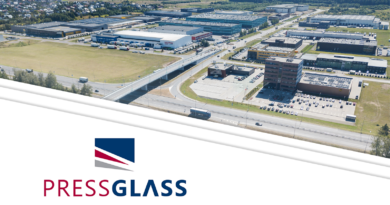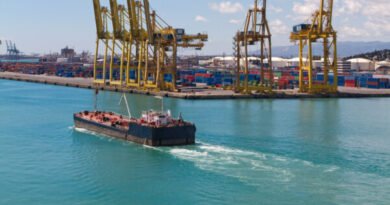European textile industry bears the burden of regulations alone
Among many relevant issues, like digitalisation or sustainability, discussed in EU Industry days, there were also issues raised by participants themselves, concerning such important questions as trade relations with China or regulations on hazardous substances applied to EU manufacturers.
“The Geen strategy is also aimed at avoiding the danger of dangerous products and articles arriving on the EU market,” stressed out one of participants, chemist Maurizio Ronchi, “For example in our sector, textile / fashion, we, importers of chemicals, are regulated by REACH. But this does not apply to all the textile articles produced in Asia, that enter our EU ports by the billions daily.”
REACH is a regulation of the European Union, adopted to improve the protection of human health and the environment from the risks that can be posed by chemicals, while enhancing the competitiveness of the EU chemicals industry. It also promotes alternative methods for the hazard assessment of substances in order to reduce the number of tests on animals.
In principle, REACH applies to all chemical substances; not only those used in industrial processes but also in our day-to-day lives, for example in cleaning products, paints as well as in articles such as clothes, furniture and electrical appliances. Therefore, the regulation has an impact on most companies across the EU.
REACH places the burden of proof on companies. To comply with the regulation, companies must identify and manage the risks linked to the substances they manufacture and market in the EU. They have to demonstrate to ECHA how the substance can be safely used, and they must communicate the risk management measures to the users, explains European Chemicals Agency.
The practitioner – a chemist from the textile industry – doesn’t try to neglect the risk. On the opposite, he points out that EUROSTAT and RAPEX (Rapid Alert System for dangerous non-food products) constantly announce health problems that can be caused by dangerous substances in the products.
“Institutions need a dialogue with the competent authorities of these countries, to avoid / limit the exposure of EU consumers to the textile items that enter our market and our stores, with ridiculous checks. We have always asked for a two-way dialogue between the competent EU authorities and those of the producing countries (Asian in the first place), at least in collaborating for the exchange of basic chemicals data, useful for the management and assessment of danger to health and the environment”, said M.Ronchi.
The chemical dyes used by the textile industry are responsible for around one-fifth of the world’s industrial water pollution. The EU Industry days participant with regret claimed that “usually it is always and only us in the EU who have to bear the whole burden”.




